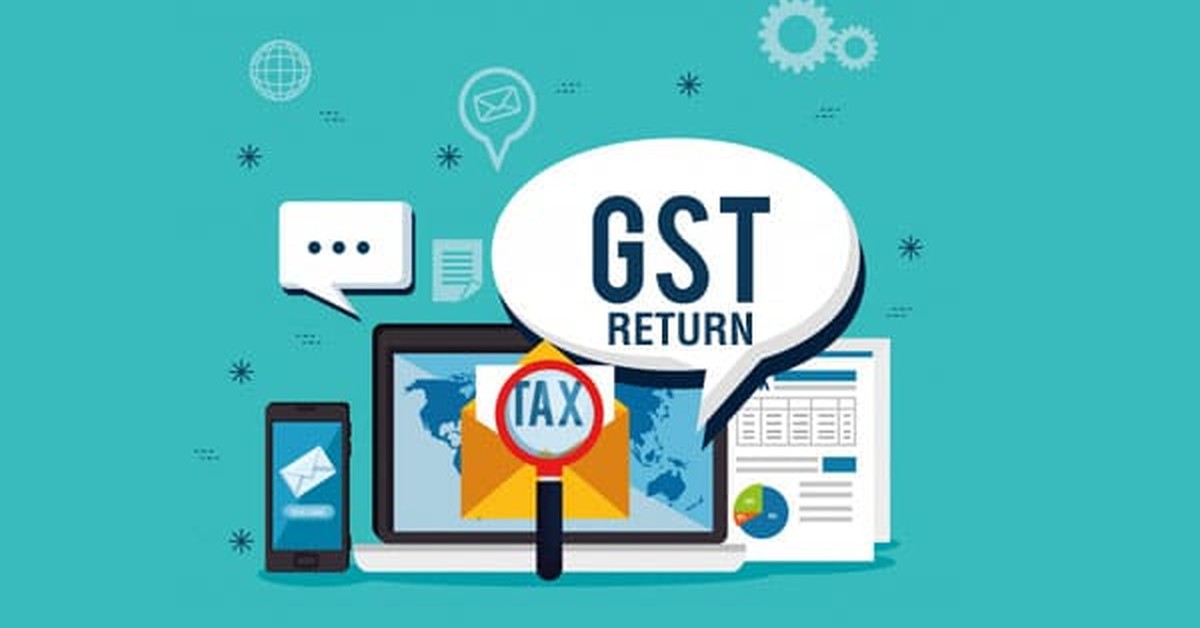GSTR-1 and GSTR-3B are two types of GST returns that businesses registered under the Goods and Services Tax (GST) regime in India need to file to comply with tax regulations. Here's an overview of each return:
GSTR-1
GSTR-1 is a monthly or quarterly return that provides details of outward supplies made by a registered taxpayer. It includes information on sales and supplies made to other businesses (B2B) and consumers (B2C). The return contains details such as the invoice-wise and rate-wise data of supplies, taxable value, and the amount of GST collected on these supplies.
- The due date for filing GSTR-1 varies depending on the aggregate turnover of the taxpayer.
- If the turnover is more than a Rs. 5 crore, it needs to be filed on a monthly basis on or before the 11th of the next month.
- If the turnover is below Rs. 5 crore, it can be filed on a quarterly basis on or before the 13th of the next month.

GSTR-3B
GSTR-3B is a monthly return, which is a summarized self-declaration of a registered taxpayer's outward and inward supplies. It requires the taxpayer to report the total sales, purchases, and the amount of tax payable, tax paid, and any eligible input tax credit for that particular month.
- GSTR-3B is a simplified return, and it was introduced to help businesses with easier compliance during the initial phase of GST implementation. However, it does not provide detailed invoice-level data like GSTR-1.
- The due date for filing GSTR-3B is generally the 20th of the following month. For example, the return for the month of Mar 2024 is due by the 20th of April 2024.
Both GSTR-1 and GSTR-3B are crucial for complying with GST
Here are some common mistakes to avoid while filing GST returns - GSTR-1 and GSTR-3B
- Incorrect Reporting of Supplies: Ensure that all supplies, both taxable and exempt, are accurately reported in the respective sections of GSTR-1. For example, if you are a manufacturer selling goods to a distributor, report the transaction correctly to avoid discrepancies.
- Mismatch of Invoice Details: Verify that the invoice details in GSTR-1 match those in your accounting system. Any discrepancies may lead to tax audits or penalties.
- Late Filing: File the returns within the due date to avoid late fees and interest charges. Late filing can also lead to compliance issues and loss of input tax credit (ITC).
- Ignoring Amendments: If there are any changes to your invoices or supply details after filing GSTR-1, make sure to amend the returns accordingly.
- Incorrect ITC Claims: Double-check the input tax credit (ITC) claimed in GSTR-3B against eligible invoices and expenses. Incorrect claims may attract penalties.
- Non-Reconciliation of Data: Regularly reconcile the data between GSTR-1 and GSTR-3B to ensure consistency and accuracy.
- Failure to Report HSN/SAC Codes: Provide accurate HSN (Harmonized System of Nomenclature) or SAC (Services Accounting Code) codes for all goods and services to avoid classification errors.
- Omission of Nil Returns: Even if there are no sales or purchases in a given period, file nil returns to remain compliant with the GST regulations.
- Non-compliance with E-way Bill: Ensure proper generation and linkage of e-way bills for the movement of goods, as required under the GST regime.
- Non-filing of Annual Return: File the annual return (GSTR-9) within the due date to provide a consolidated summary of the entire financial year's transactions.
Always ensure that you are familiar with the latest GST rules and guidelines to avoid any compliance issues while filing your returns.






 CAclubindia
CAclubindia

